Easiest Rules Of Golf To Get Wrong
Certain Rules of Golf are broken more often than others through lack of knowledge, lack of concentration or even just carelessness
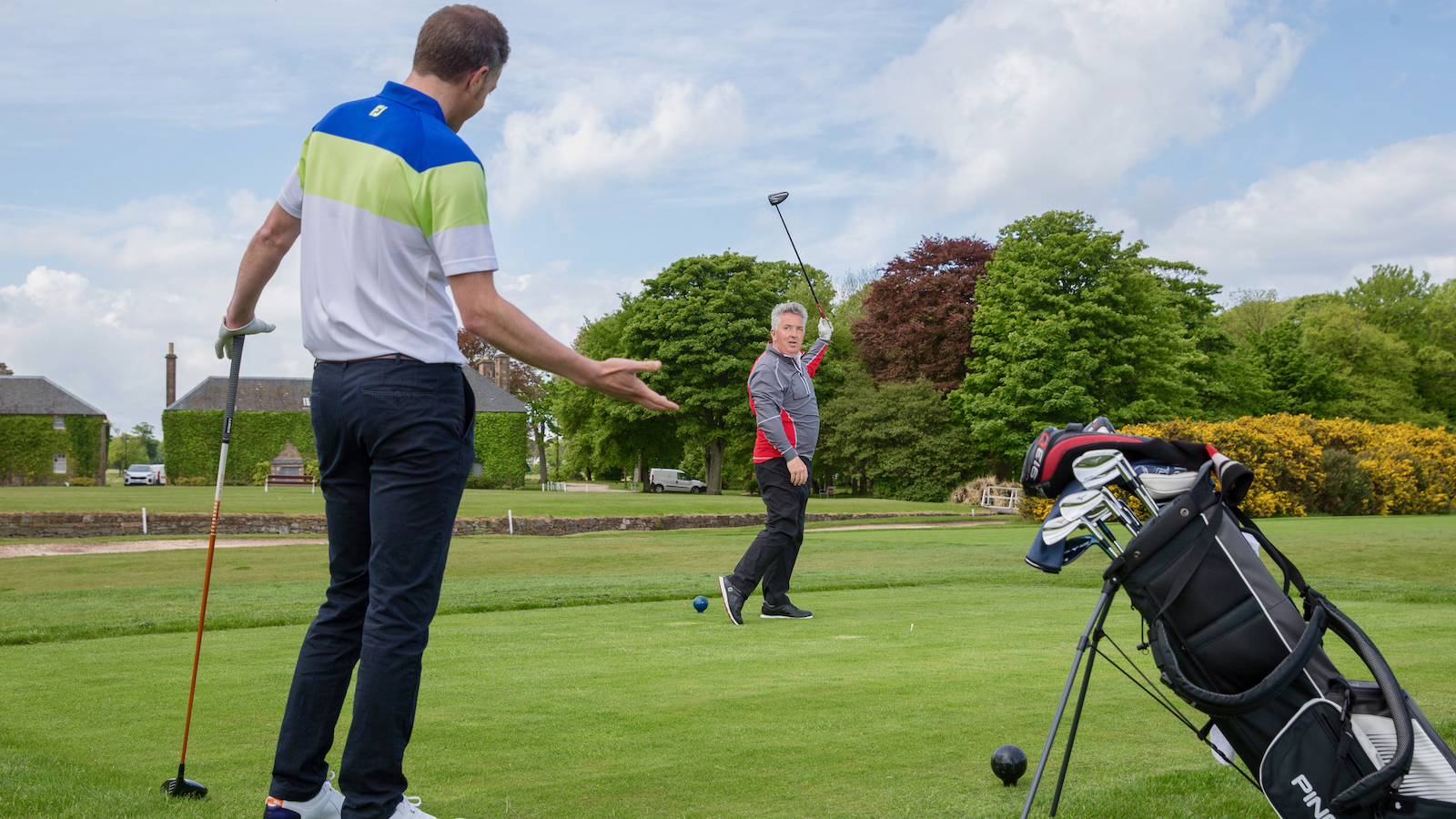

In an absolute sense, the easiest Rules of Golf to get wrong are simply the ones you personally don’t know. These will be different in both number and nature for various golfers depending on whether or not they’ve experienced a particular scenario, how long they’ve been playing and so on.
So here, we’re going with a dozen of those that we see or hear about most often out on the course or at our clubs, or where the evidence of the Golf Monthly inbox suggests a wide level of uncertainty… or perhaps concentration lapses!
Failure to sign the scorecard
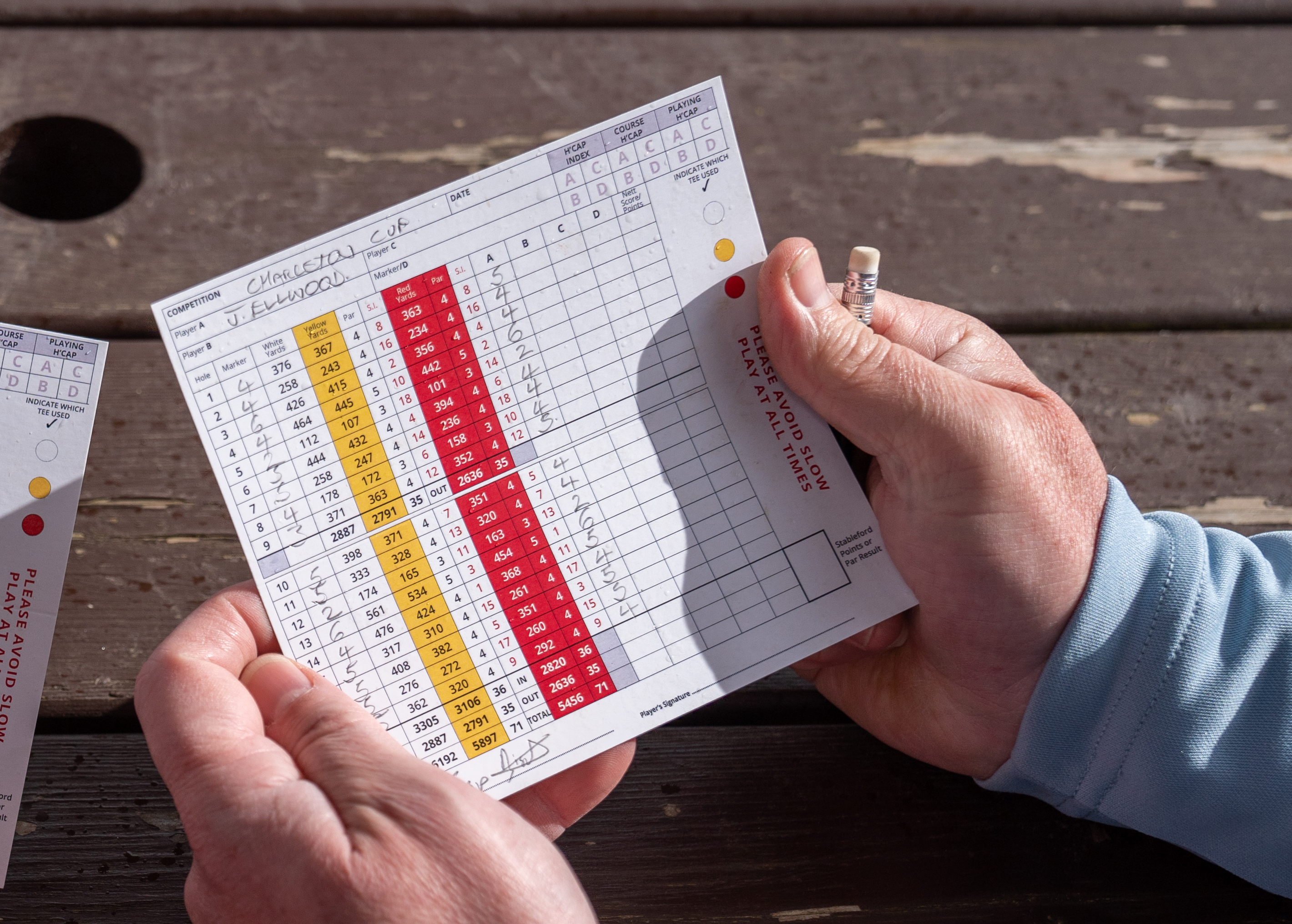
Don't forget to sign your scorecard before you return it
Rule 3.3b requires you as the player to certify/sign your scorecard before returning it to the Committee, whatever the procedure for that is at your club. If you don’t, you will be disqualified. It can be a very easy mistake to make if you get distracted at the wrong moment or steam is still coming out of your ears after a bad finish!
Playing the wrong ball

Playing the wrong ball here will prove very costly
Lack of concentration or not checking properly are the usual culprits when someone plays a wrong ball. Perhaps there’s a ball where you’re pretty sure yours went and you just assume rather than checking; or you’ve been shorter than your playing companion all round so automatically go for the shorter ball... but this time yours got a big unseen kick forward off a downslope. It’s the general penalty for this under Rule 6.3c, so loss of hole in matchplay or two strokes in strokeplay, where you must also correct the error by continuing play with the correct ball before teeing off on the next hole - or before handing your card in if it was the final hole - to avoid disqualification
Playing from outside the teeing area
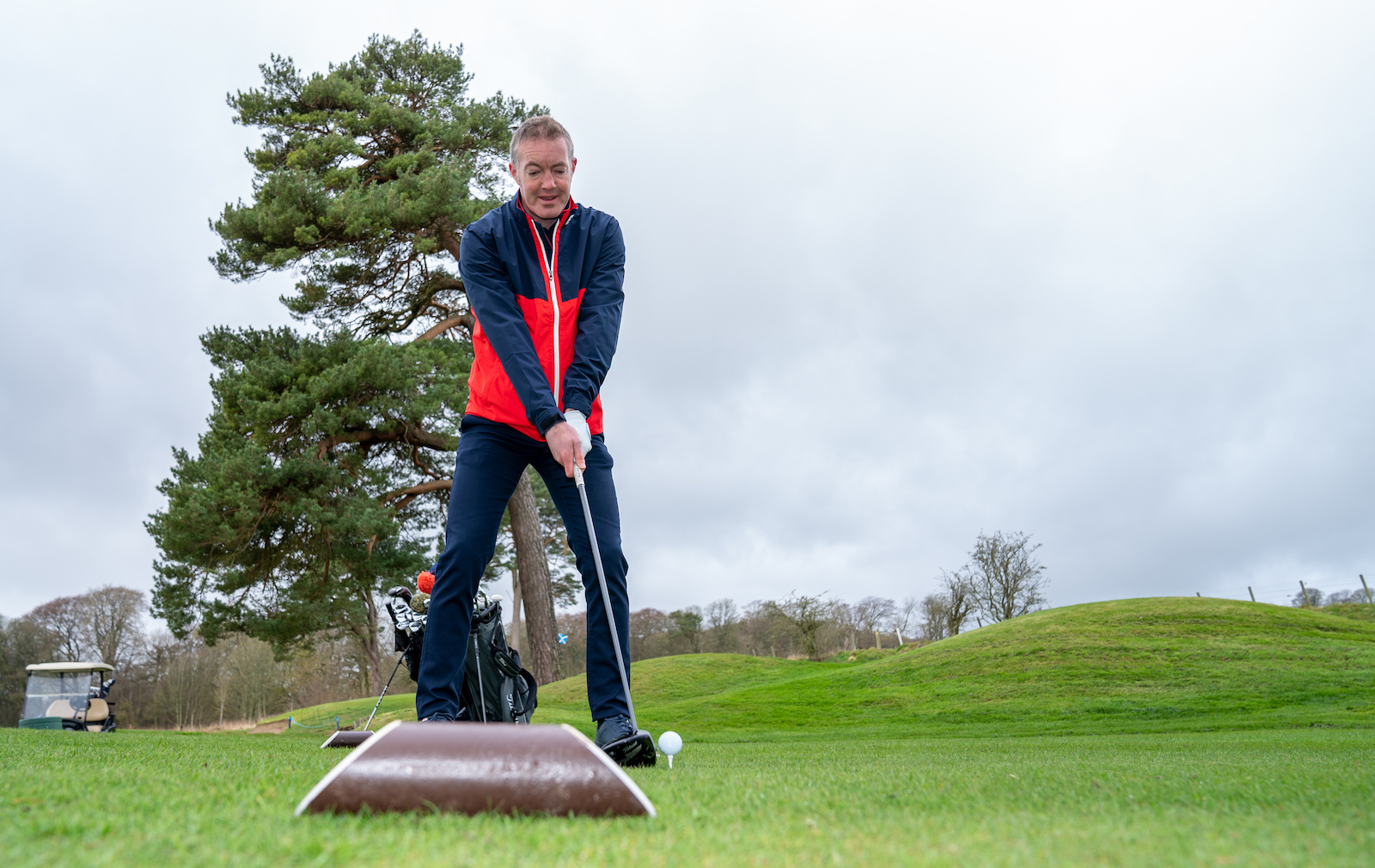
If you play from outside the teeing area the Rules are very different for strokeplay and matchplay
This is another common concentration mistake that typically sees a player teeing up from the wrong set of tees or perhaps between a tee-marker and a sprinkler head. Whether you play from outside the teeing area, the wrong set of tee markers on the same hole or a different hole, it’s a two-stroke penalty in strokeplay under Rule 6.1b and you must correct the error by playing again from within the teeing area before teeing off on the next hole - or before handing your card in if it was the final hole - to avoid disqualification. In matchplay, there is no penalty and it’s up to your opponent as to whether not they want you to play again from within the teeing area.
Not marking ball’s position before lifting to identify
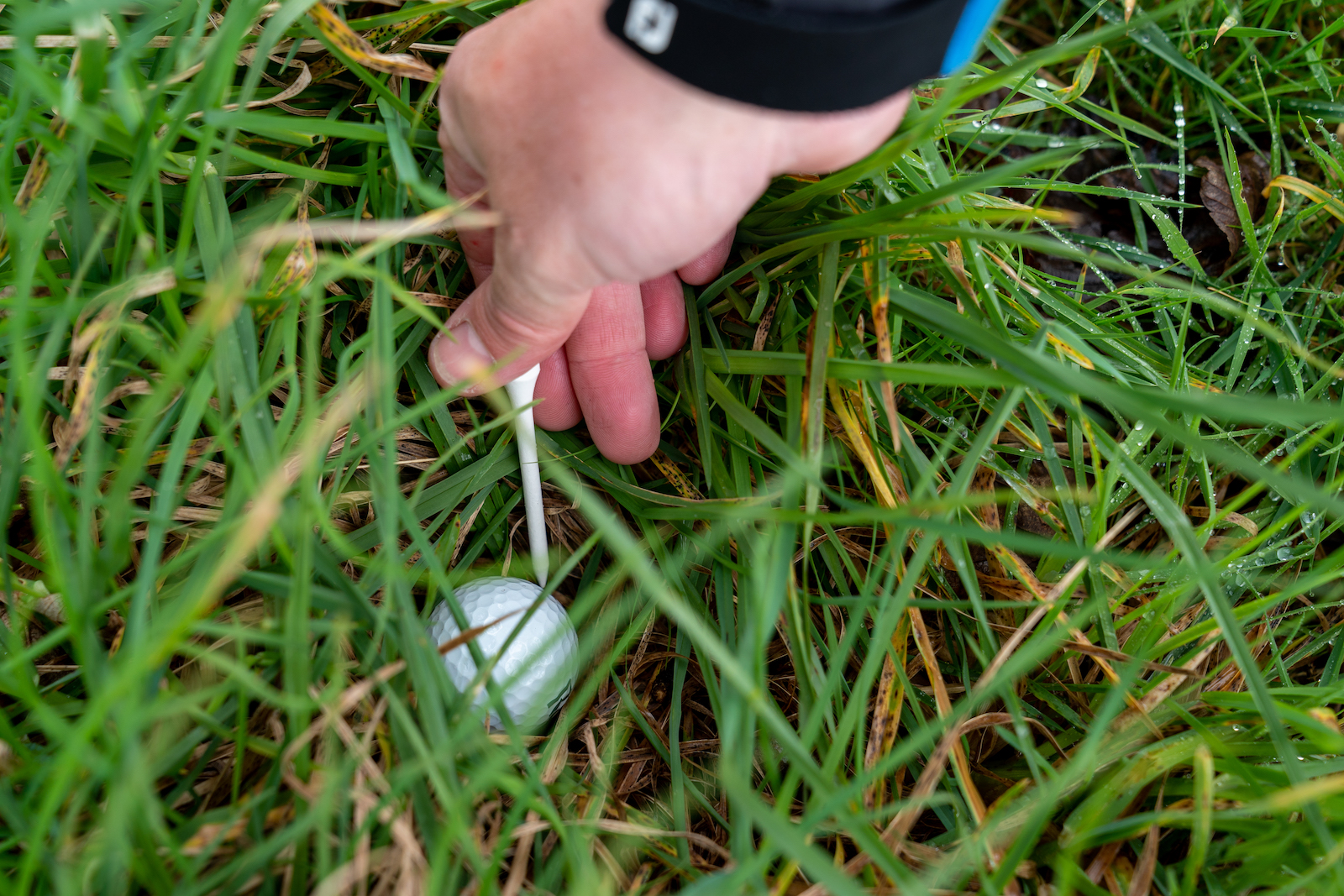
If you need to lift your ball to identify it you must mark its position first
When you’re unable to identify your ball without lifting it, you no longer need to call someone over to observe but you do still have to mark the ball’s position first. If you don’t, it’s a one-stroke penalty under Rule 7.3.
Slope functionality on rangefinders
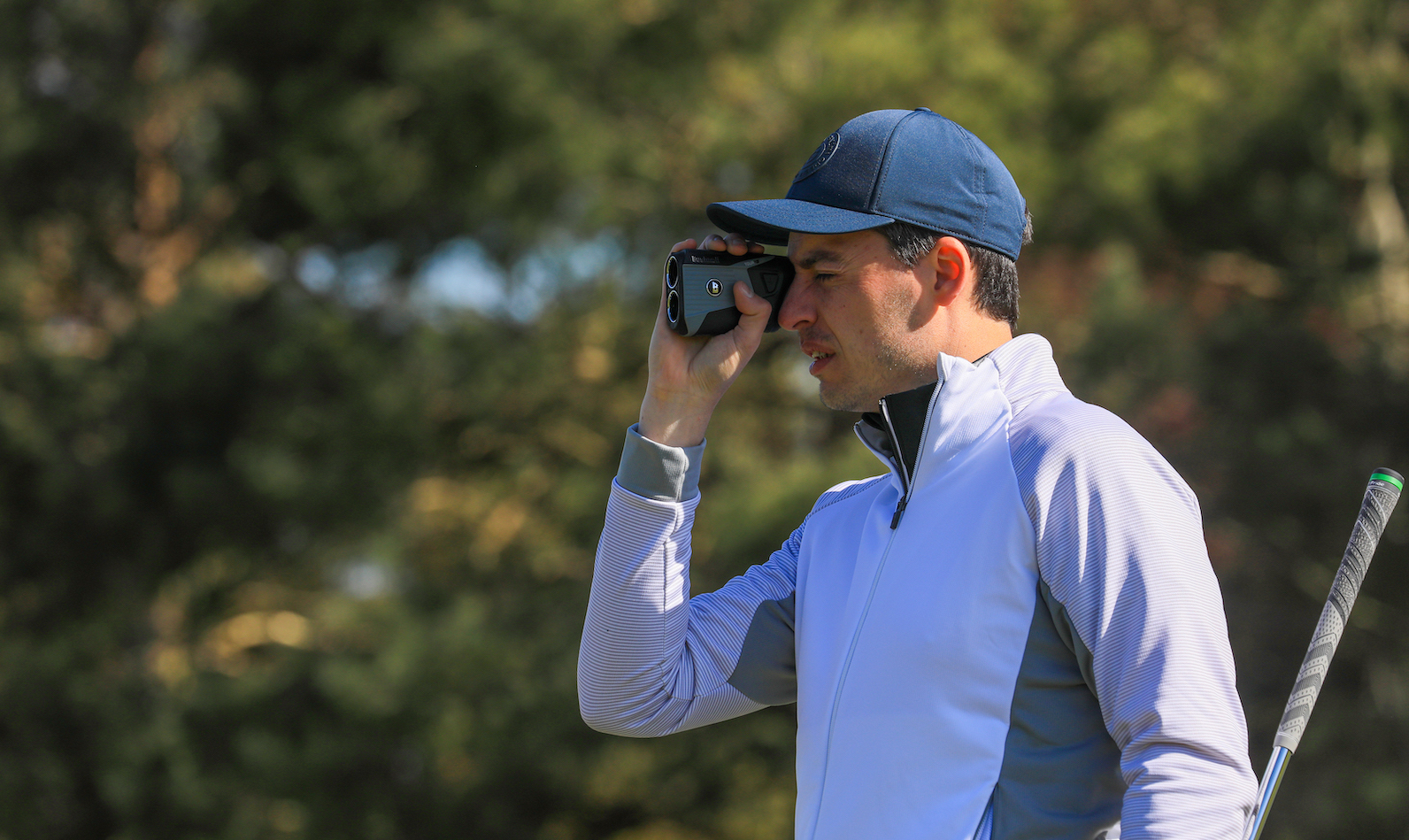
Make sure any slope functionality is toggled off in competition rounds
The slope functionality on rangefinders is great for practice rounds and social golf, but still a no-no in competitions. If you fail or forget to turn it off, it’s the general penalty under Rule 4.3a for a first breach, then disqualification for a second breach.
Get the Golf Monthly Newsletter
Subscribe to the Golf Monthly newsletter to stay up to date with all the latest tour news, equipment news, reviews, head-to-heads and buyer’s guides from our team of experienced experts.
Repairing pitchmark on line on fringe
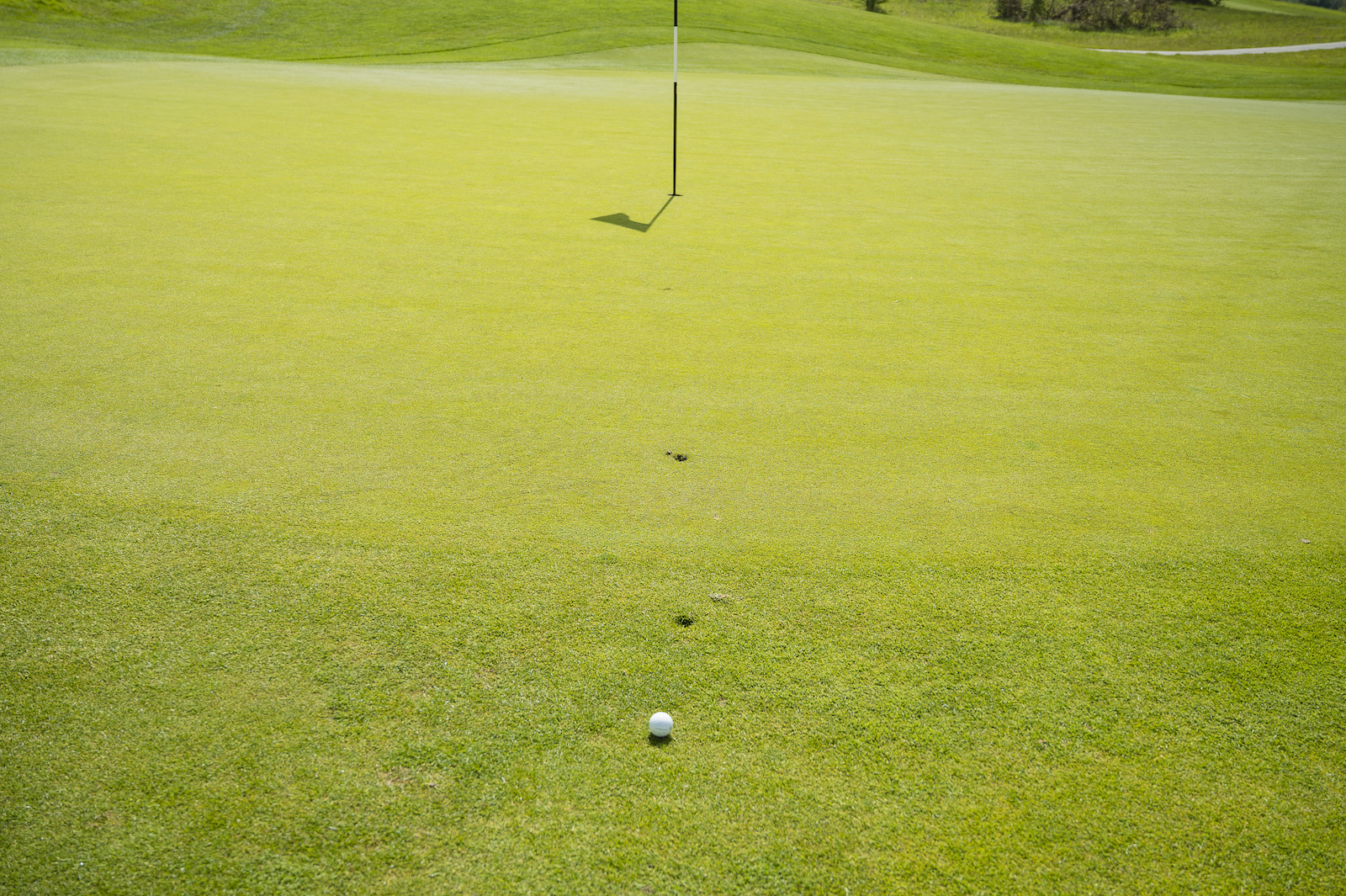
You can repair the pitchmark on the green but not the one on the fringe here
While repairing pitchmarks is to be encouraged, remember that you can’t repair any on your line on the fringe, for example, when you want to putt (unless created after your ball had come to rest). If you do, you’ll get the general penalty under Rule 8.1a for improving the conditions affecting the stroke. You can, however, repair pitchmarks on the green at any time, even if your ball lies off the green.
Moving white out of bounds stakes
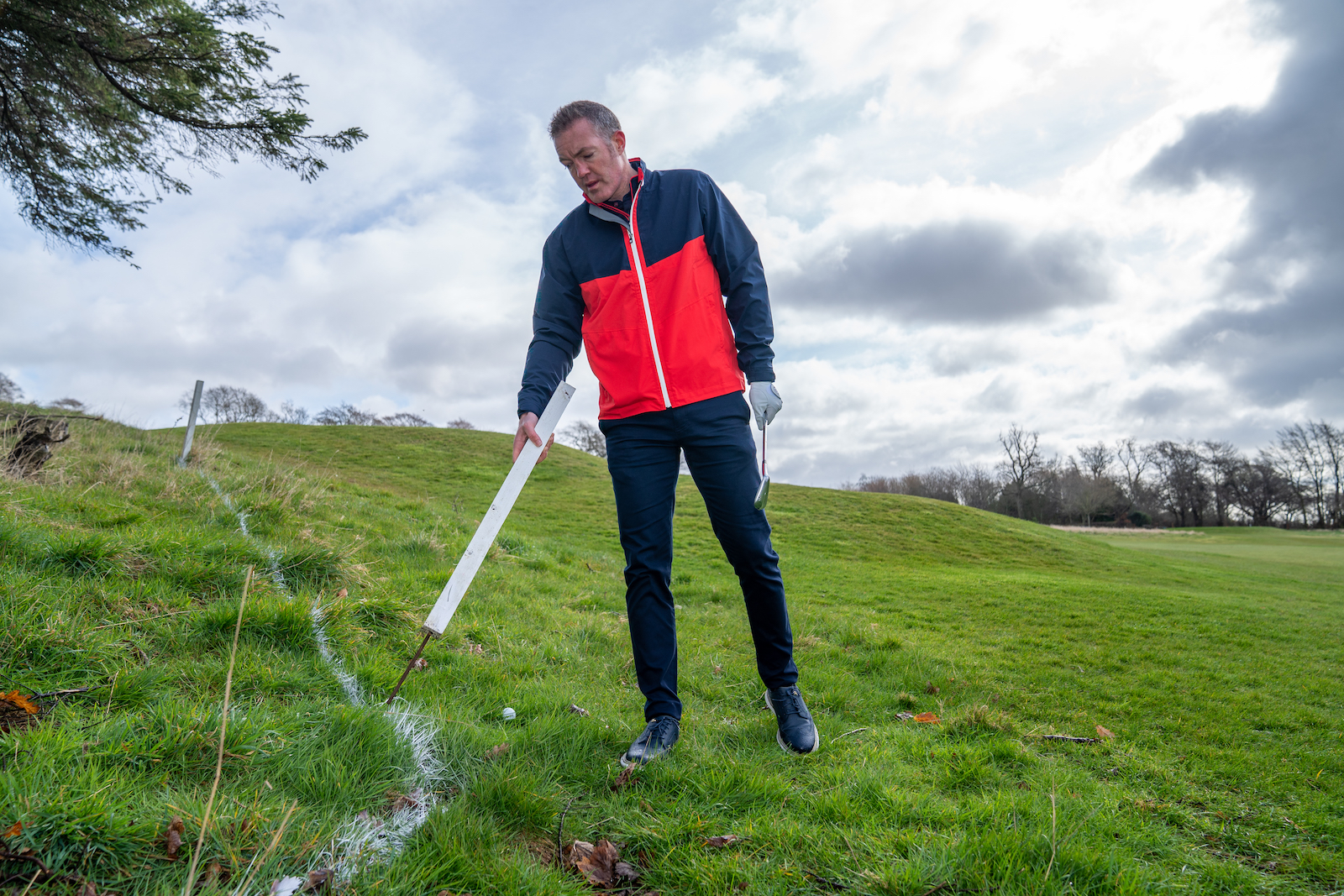
You can't do this even if the white stake is easily movable
Don’t be tempted to do this, for while white out of bounds stakes are easily movable more often than not, they are boundary objects under the Rules of Golf rather than movable obstructions and you may not move them. Doing so to make it easier to play your next shot will attract the general penalty under Rule 8.1a for improving the conditions affecting the stroke, although you will escape the penalty if you realise your mistake and 'restore the conditions' by putting the stake back exactly where it was before you play.
Tapping in putts in matchplay

You can't just go ahead and tap this in in matchplay as you might in strokeplay
Matchplay is very different to strokeplay here, and while you can play out of turn in strokeplay to tap a short putt in, you can’t in matchplay if you are no longer the furthest from the hole and the putt isn't conceded. There is no penalty, but you could be asked to replay the stroke in the correct order by your opponent under Rule 6.4a at their discretion.
Accidental movement of your own ball
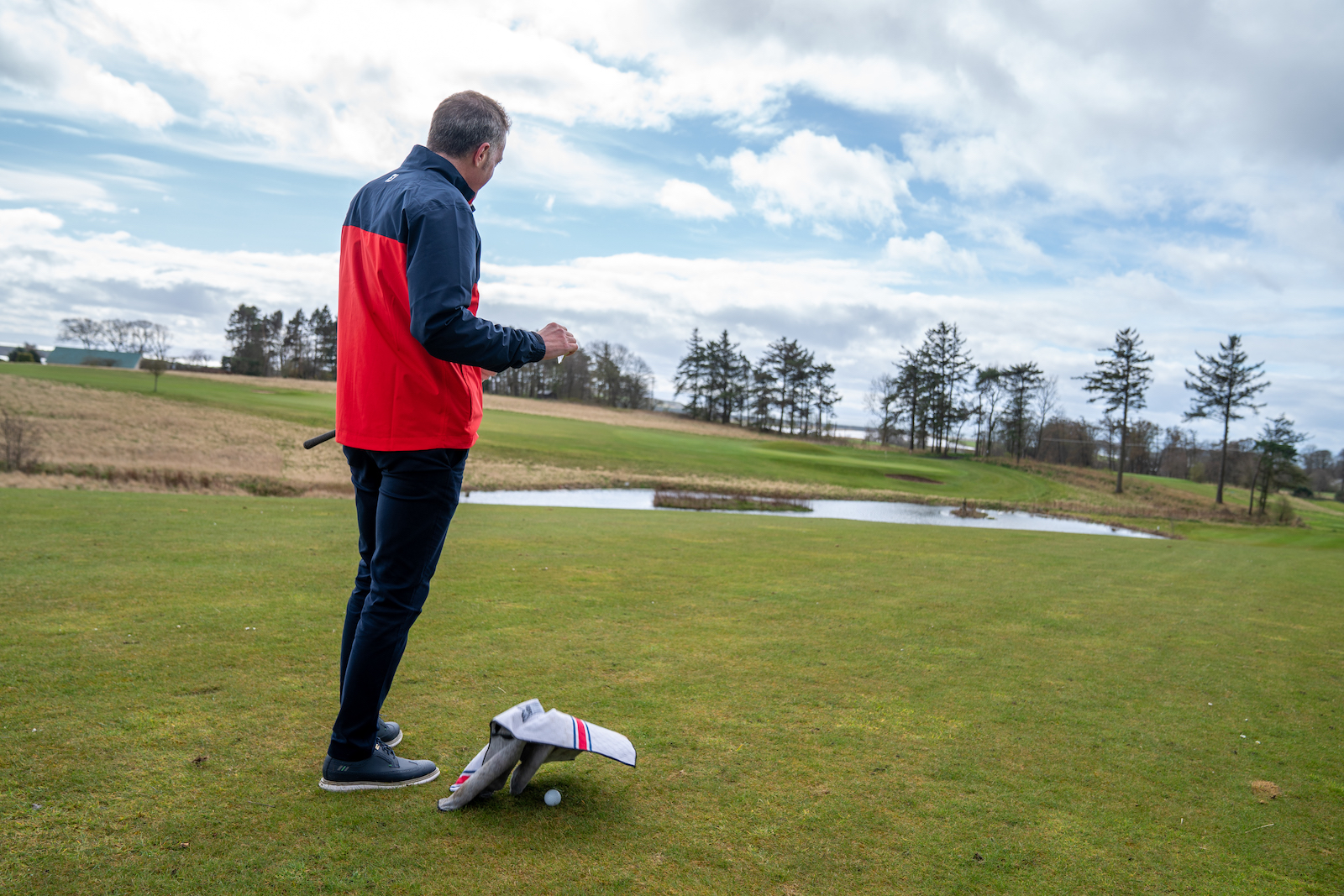
If the ball moves here, you will be penalised even though it was accidental and/or careless
Many think accidental movement of their own ball is now a non-penalty offence. But the default position in the Rules is that if you move your ball at rest, even accidentally, you will be penalised, with one or two exceptions such as if the accidental movement occurs on the putting green or when you’re searching for your ball. Elsewhere on the course there is still a one-stroke penalty for moving your ball at rest under Rule 9.4b, even if accidentally, and you must replace the ball back to its original position before playing.
Nearest point of complete relief
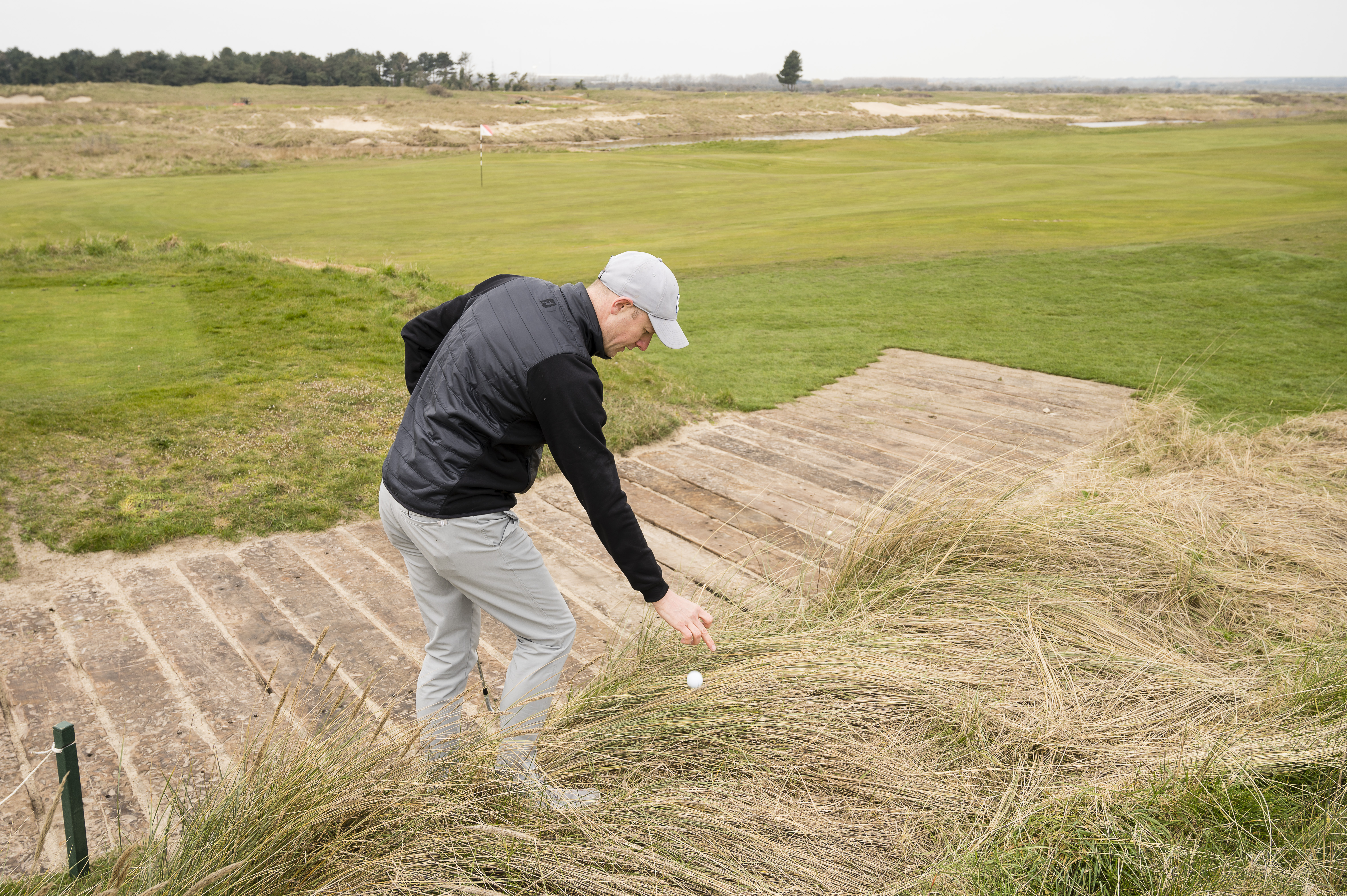
There's no guarantee of a decent lie within one club-length of your nearest point of complete relief
When dropping from a path or other immovable obstruction, many think you're entitled to a great lie and line. But you're not - you are only getting relief from that specific abnormal course condition and the relief area measured from your nearest point of complete relief could be in thick rough, in a bush or behind a tree. There is no free relief from any of these in the general area. The phrase is ‘nearest’ rather than ‘nicest’ point of complete relief.
Not declaring a provisional ball

If you want to play a provisional here you must make your intentions clear
It’s easily overlooked when you’re a little flustered after hitting a poor shot, but make sure you always make it clear to those you’re playing with that the next ball you hit is a provisional ball in case you don’t find the first one (if that’s what you want). If you don’t, that next ball becomes the ball in play under stroke and distance and you can’t continue with the original ball even if you find it in an okay spot.
Ball accidentally hits you
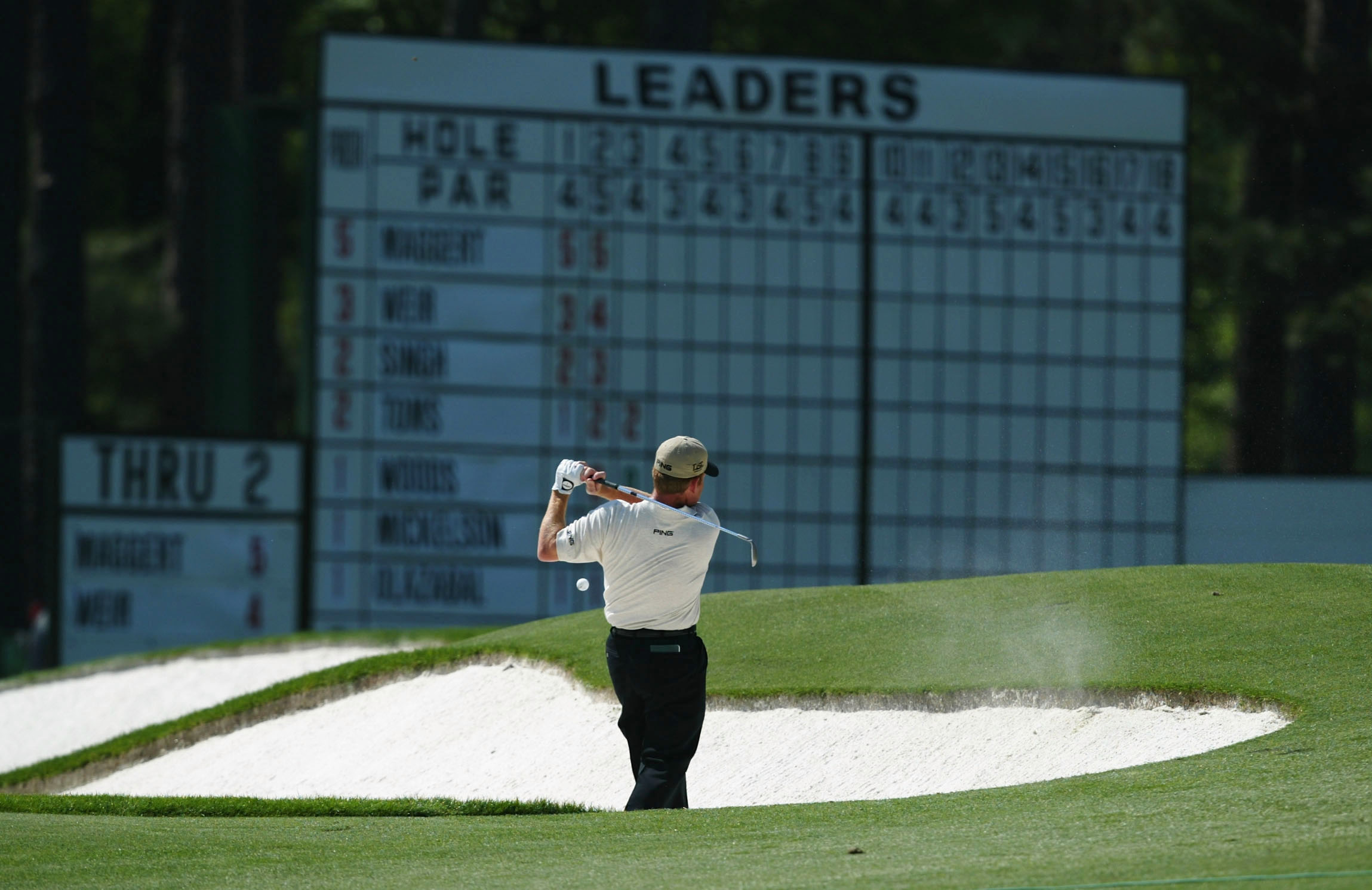
When Jeff Maggert's ball bounced back and hit him here in the 2003 Masters the penalty was two shots; now, there would be no penalty
Finally... a slightly different one, but the easy mistake to make here is that many automatically assume there must be a penalty for this! But as from 2019, there isn’t (Rule 11.1a), so don’t ‘award’ yourself unnecessary penalty strokes for something that no longer attracts them. As long as it was accidental, you now simply play from wherever the ball comes to rest.

Jeremy Ellwood has worked in the golf industry since 1993 and for Golf Monthly since 2002 when he started out as equipment editor. He is now a freelance journalist writing mainly for Golf Monthly. He is an expert on the Rules of Golf having qualified through an R&A course to become a golf referee. He is a senior panelist for Golf Monthly's Top 100 UK & Ireland Course Rankings and has played all of the Top 100 plus 91 of the Next 100, making him well-qualified when it comes to assessing and comparing our premier golf courses. He has now played 1,000 golf courses worldwide in 35 countries, from the humblest of nine-holers in the Scottish Highlands to the very grandest of international golf resorts. He reached the 1,000 mark on his 60th birthday in October 2023 on Vale do Lobo's Ocean course. Put him on a links course anywhere and he will be blissfully content.
Jezz can be contacted via Twitter - @JezzEllwoodGolf
Jeremy is currently playing...
Driver: Ping G425 LST 10.5˚ (draw setting), Mitsubishi Tensei AV Orange 55 S shaft
3 wood: Srixon ZX, EvenFlow Riptide 6.0 S 50g shaft
Hybrid: Ping G425 17˚, Mitsubishi Tensei CK Pro Orange 80 S shaft
Irons 3- to 8-iron: Ping i525, True Temper Dynamic Gold 105 R300 shafts
Irons 9-iron and PW: Honma TWorld TW747Vx, Nippon NS Pro regular shaft
Wedges: Ping Glide 4.0 50˚ and 54˚, 12˚ bounce, True Temper Dynamic Gold 105 R300 shafts
Putter: Kramski HPP 325
Ball: Any premium ball I can find in a charity shop or similar (or out on the course!)
-
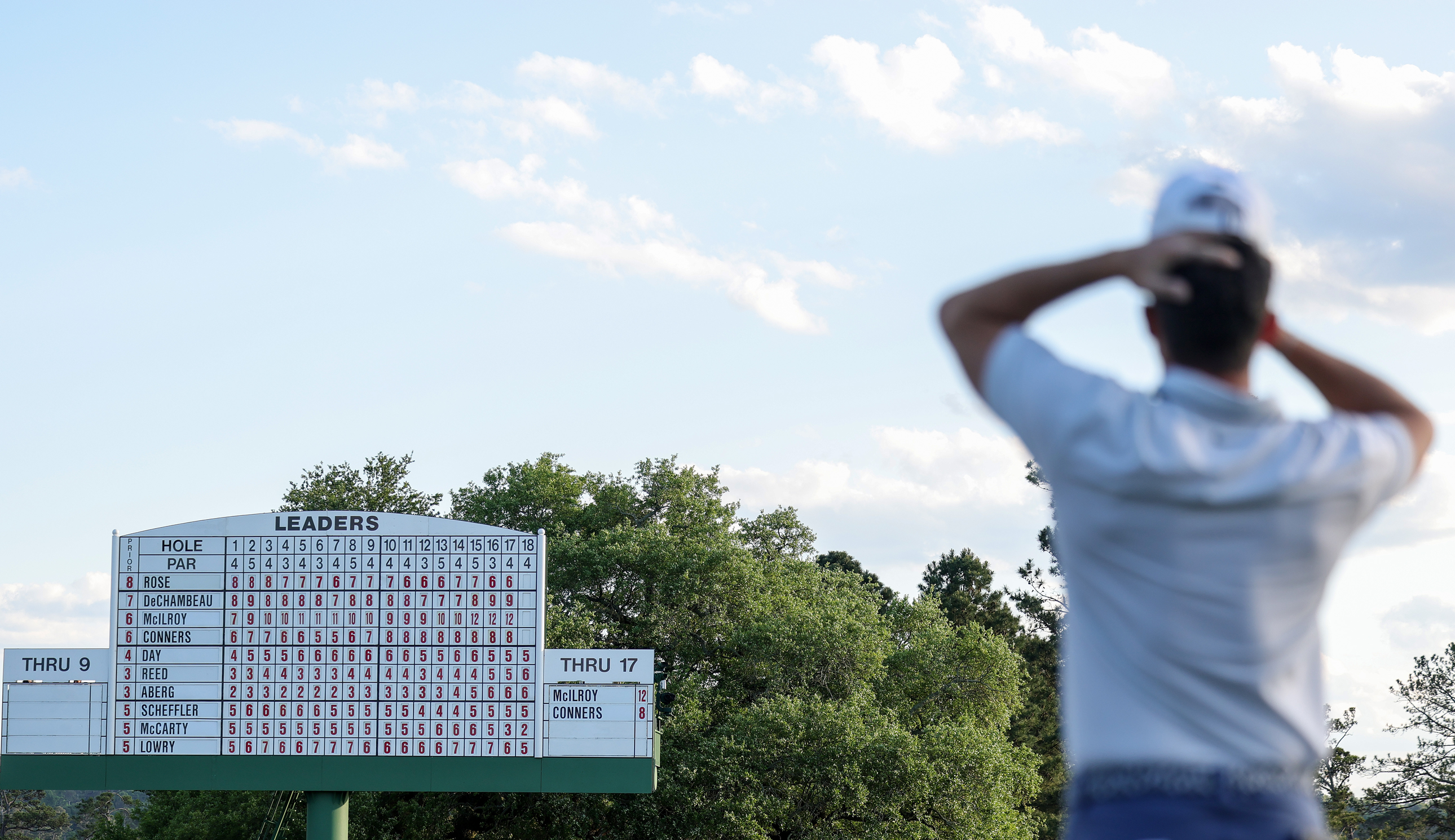 Seve Ballesteros And Brooks Koepka Among The Big Names That Rory McIlroy Would Join As A Five-Time Major Winner With A Masters Victory
Seve Ballesteros And Brooks Koepka Among The Big Names That Rory McIlroy Would Join As A Five-Time Major Winner With A Masters VictoryRory McIlroy leads The Masters going in to the final round and, if he were to win, he would join an illustrious list of five-time Major winners
By Matt Cradock Published
-
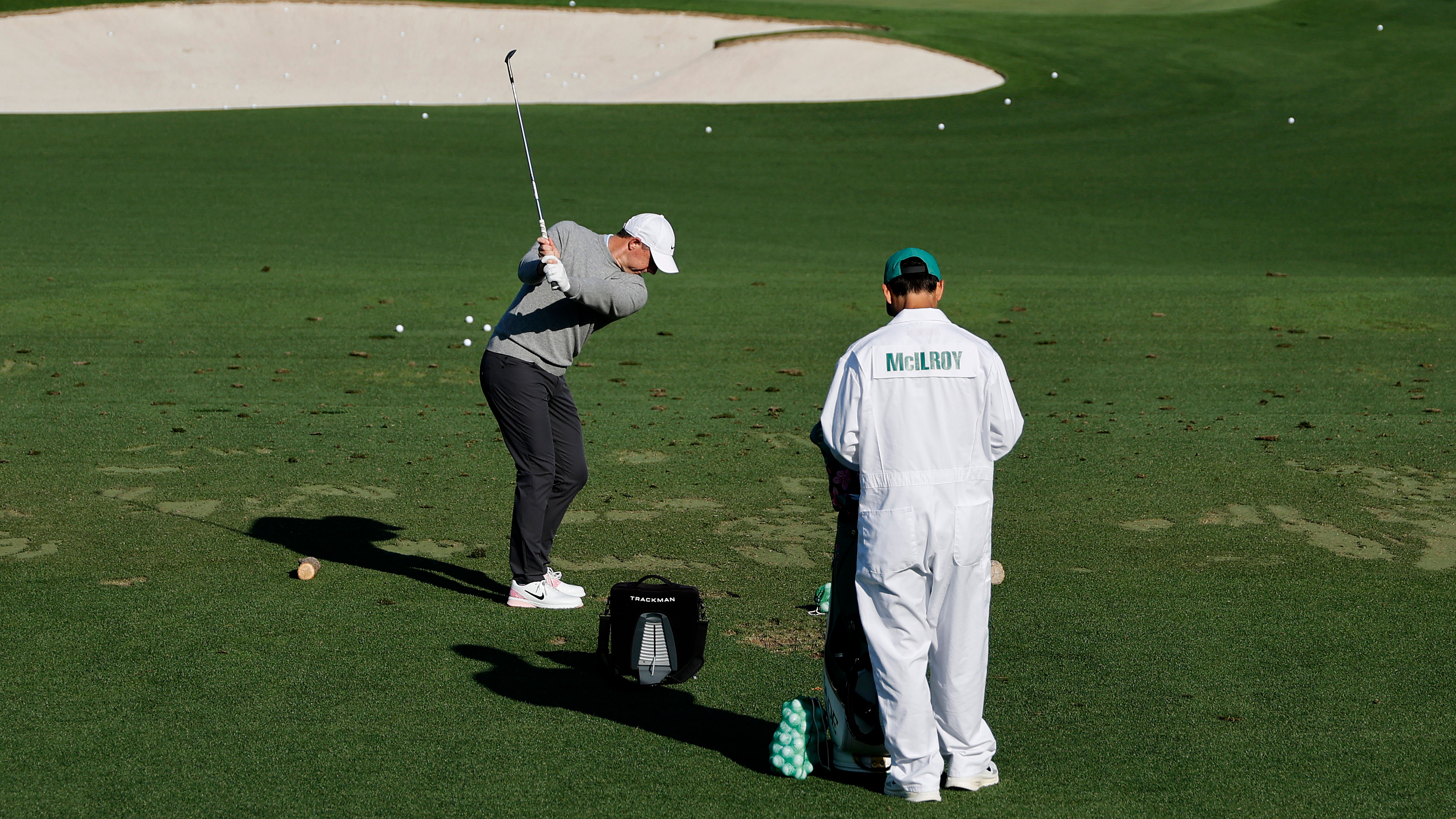 Rory McIlroy Explains His Extraordinary Pre-Round Routine (And It's The Complete Opposite Of Most Amateurs)
Rory McIlroy Explains His Extraordinary Pre-Round Routine (And It's The Complete Opposite Of Most Amateurs)McIlroy shares what goes into his usual pre-round routine at tournaments and what his timetable looks like before arriving at the first tee
By Jonny Leighfield Published